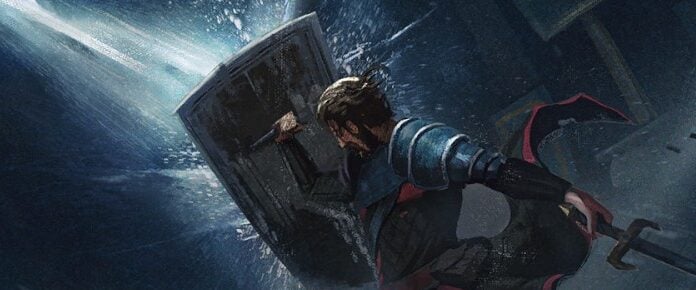
Former Star Wars Galaxies Creative Director and current Crowfall consultant Raph Koster returned to his blog last night to pen the fourth in his series of SWG retrospectives, this one on the sandbox’s living society.
To build that society and the diverse people who would populate it, Koster says his team set out to make SWG “care” about player activities by building on Ultima Online’s use-based skill system and ensuring it rewarded every activity in the game, from dancing and vendoring and surveying to trapping and climbing and shooting.
Here’s a fun fact: SOE originally planned for experience to accrue for a crafter as other players used her creations, but it proved “too expensive to implement.” Moreover, he says he once hoped to allow player missions for transporting goods through the bazaar. ‘Twas not to be.
The player Miner profession was also scrapped before launch, though mining itself through harvesters carried on in a big way. Koster recalls how Reece Thornton’s initial 79-subclass resource system combined with material obsolescence, player shops, freely tradeable goods, and item decay for an epic player economy, in spite of resistance from RPG players more accustomed to traditional loot drops.
He further discusses the HAM system (that’s health, action, and mind), stat capping, horizontal progression, the proto-achievement badge system, and the controversial decision to limit player accounts to one character per server in order to foster — actually, he uses the word “force” — mutual interdependence. But that was just one of many decisions made with such a purpose.
“The entire game was built around the idea of weak-tie interdependence,” he writes, “the idea that people you don’t know well at all are in fact crucial to your survival, and important, and matter.”
Ultimately, he acknowledges that the economic underpinnings of SWG’s living society were complicated — and not something a game can just shoehorn late in development: “It’s not unusual for a company to come to me and say, ‘Can you put in crafting like SWG? Our players say it was the best ever!’ Usually, they have actually, you know, designed their game already, or even built it. And I have to tell them, ‘No. You build your game around it, not the other way around.’
[Source: Raph Koster’s blog]



















